After more than a century, what techniques have allowed this house to remain completely intact, showing no signs of subsidence or erosion from time?
If you have the opportunity to travel and explore the forest in Vĩnh An County, Fujian Province, China, just about 100 kilometers away, you will find a mysterious ancient house that has existed for over 100 years, known by locals as An Trinh Ancient House.
According to historical records, this is a rare large house style in Fujian, once the residence of the Trì family, constructed between 1885 and 1899.
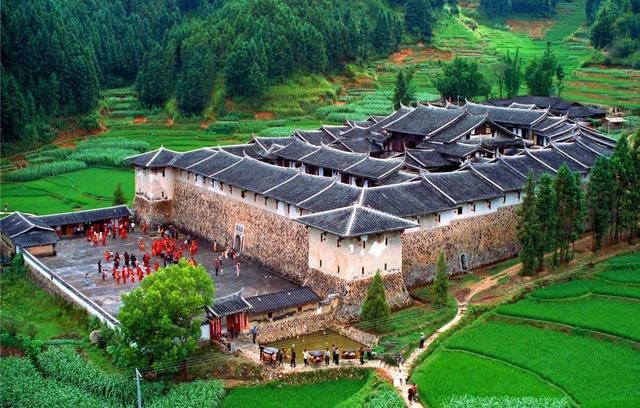
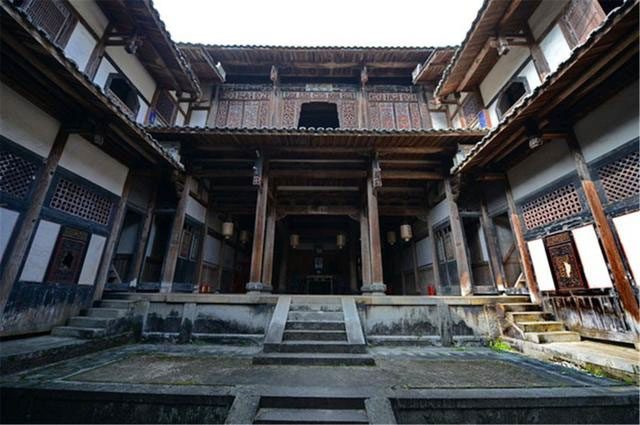
An Trinh Ancient House.
The ancient house covers a total area of 10,000 m2, with two-thirds of the surrounding walls made of stone. The foundation is 4 meters high to ensure durability, providing a cool atmosphere, protecting against the dangers of robbery, and creating a unique charm that no other ancient house of that time could match.
It is known that the house contains a total of 360 rooms, including 12 kitchens and 5 wells, which can accommodate up to 1,000 residents.
Visitors who come to explore this site often joke: “If you stayed in one room each day, it might take about a year to experience the entire house.”
However, few would guess that this ancient house, with walls dozens of meters high, made from over 10,000 tons of earth and stone, was built on a swamp. So how has this house remained completely intact for over a century, showing no signs of subsidence or erosion?
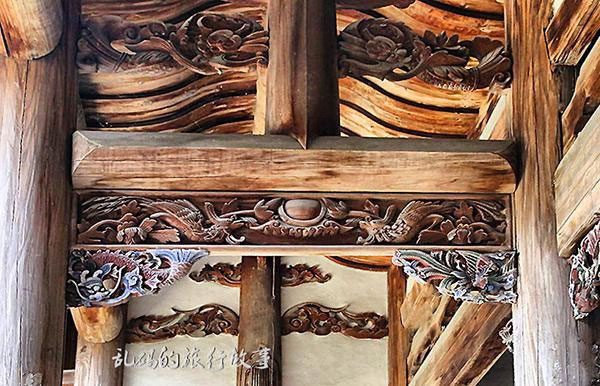
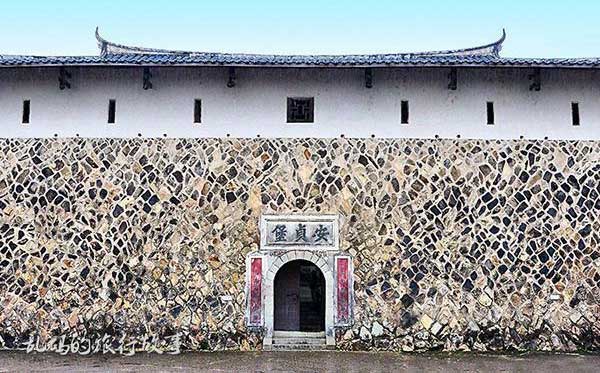
This ancient house was built on a swamp.
It turns out that the ancients had a saying: “The longer the cypress wood is soaked in water, the harder it becomes.”
This means that cypress wood, when used for building foundations, is not only solid but also resistant to decay.
Based on this principle, when constructing the building, the ancients used a large amount of wood laid under the foundation, totaling 18 layers. Then, earth and stone were poured onto the swamp to create a more solid foundation. As a result, the house has lasted for more than 100 years without decaying.
Moreover, this structure has long been the residence of the Trì family, so it has been uninhabited for a long time. Many visitors have noticed that inside the rooms there are no signs of cobwebs or flies, leading to speculation and curiosity.
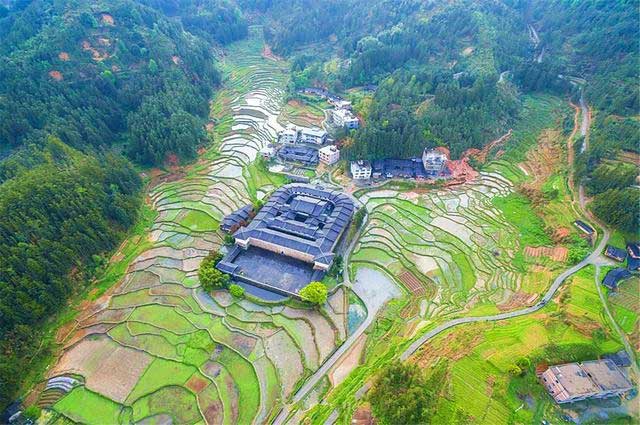
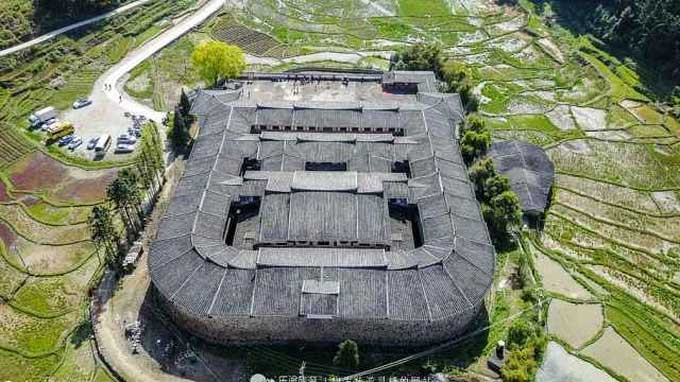
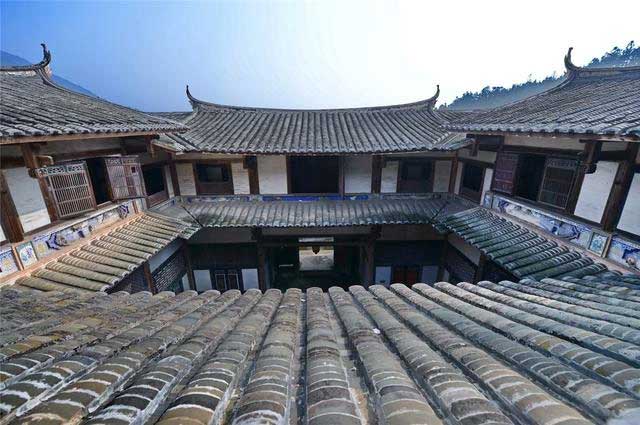
Cypress wood used for the foundation ensures durability and protects against decay.
However, experts have immediately countered this viewpoint, stating that there is no mysterious phenomenon occurring. An Trinh Ancient House is located in a hot and humid mountainous forest area, so during the summer and autumn, many bats come to nest.
About 70% of bat species eat insects, while the rest primarily eat fruits, with only a few species being carnivorous. Additionally, bats are the primary food source for spiders, so when the available food sources diminish, spiders and other insects have little opportunity to thrive and multiply.
Currently, An Trinh Ancient House remains one of the famous structures and attracts a large number of tourists each year.


















































